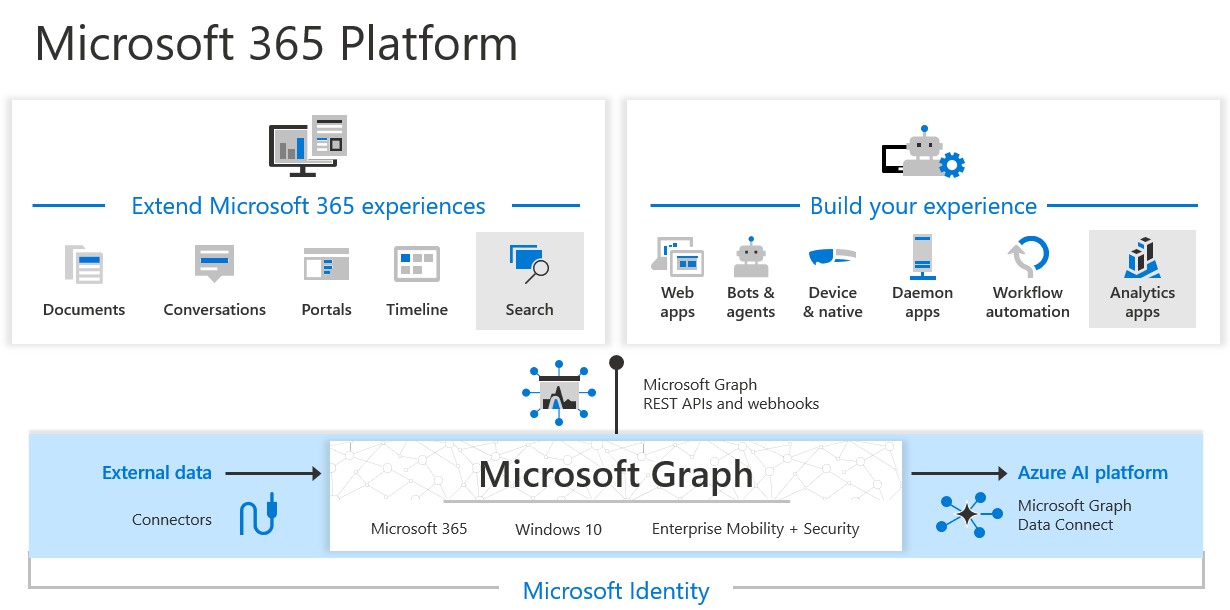![]()
Microsoft's developer ecosystem pricing has become significantly more complex since 2022, with the introduction of metered API billing fundamentally changing cost calculations for production applications. What started as an entirely free API ecosystem now requires careful budget planning to avoid unexpected charges that can reach thousands of dollars monthly.
Microsoft 365 development pricing operates on a deceptively complex model that starts simple and becomes expensive fast. What appears straightforward - free development tools, generous quotas, enterprise-ready APIs - transforms into a multi-layered cost structure once you move beyond basic prototyping into production environments serving real users.
The pricing evolution tells the story of Microsoft's platform maturation: from wide-open free access designed to build developer adoption, to sophisticated usage-based billing that reflects the true operational costs of running enterprise-scale integrations. Understanding this progression helps explain why so many teams get blindsided by costs that seem to appear from nowhere.
Microsoft 365 development begins with the Microsoft 365 Developer Program, which still provides qualified members with a renewable Microsoft 365 E5 developer subscription at no charge. However, Microsoft significantly tightened eligibility requirements throughout 2024-2025, now requiring Visual Studio Professional or Enterprise subscriptions or membership in qualifying programs. This change alone eliminated thousands of casual developers who previously accessed the platform for free exploration.
For developers requiring professional IDE access, Visual Studio subscriptions represent a major cost component. **Visual Studio Professional 2022 costs $45/month** for monthly subscriptions or $99.99/month when paid annually (with renewal rates of $66.59/month after the first year). The more comprehensive **Visual Studio Enterprise 2022 subscription costs $250/month** for monthly access or $499.92/month when paid annually (renewing at $214.09/month). These subscriptions include additional benefits like Azure DevOps, monthly Azure credits, and access to Microsoft software downloads.

A critical development in Microsoft 365 developer pricing is the introduction of metered Microsoft Graph API charges. As of 2025, certain high-volume Microsoft Graph APIs now incur costs of $0.375 per 1,000 objects accessed, with Teams-specific APIs charging $0.00075 per message or notification. These charges apply beyond free tier limits and require an active Azure subscription for billing. The complete list of metered APIs includes Teams messages, meeting transcripts, and change notifications.
Important Update: Microsoft announced in message center communication MC1122144 that starting August 25, 2025, selected Microsoft Graph metered APIs will no longer incur usage charges, including Teams chat export and meeting transcript APIs. This represents a significant cost reduction for developers using these services.

Power Platform development introduces another pricing tier, with Power Apps Premium licenses starting at $20/month per user (with volume discounts available for 2,000+ seat purchases at $12/month per user). The free Power Apps Developer Plan provides unlimited app building and testing with three developer environments and 2GB Dataverse storage. Additional AI Builder credits and Power Automate flows require separate licensing considerations.
The shift from entirely free API access to usage-based pricing reflects Microsoft's strategy to balance platform sustainability with developer access. For Model A APIs (security and compliance functions), organizations must maintain Microsoft 365 E5 licenses with DLP enabled for affected users, adding substantial licensing costs on top of API usage charges.
Understanding these cost structures is critical before diving into production development. The pricing matrix below breaks down exactly what you'll pay across different tiers, from free developer options to enterprise-scale deployments where API costs can reach tens of thousands monthly.


